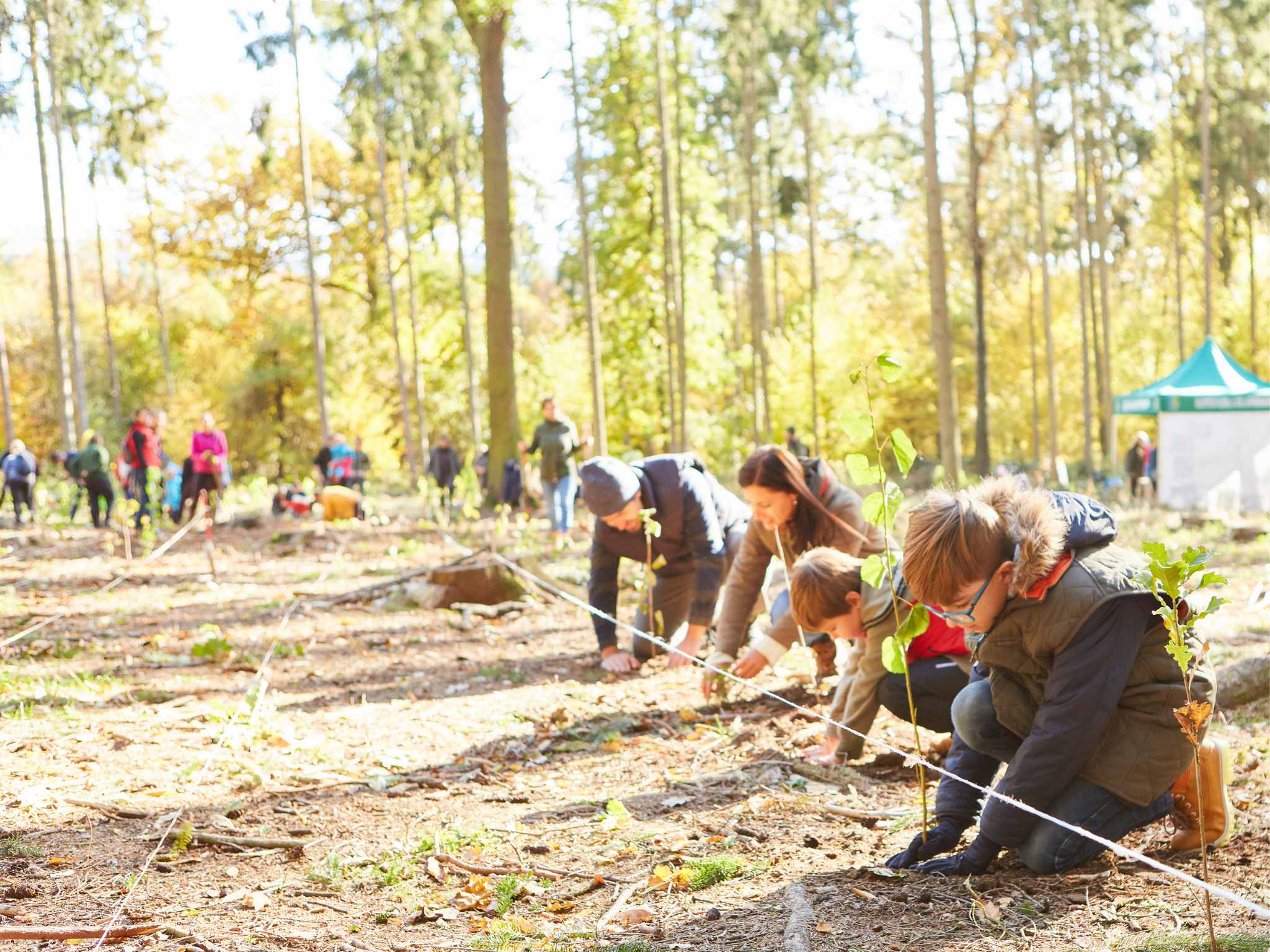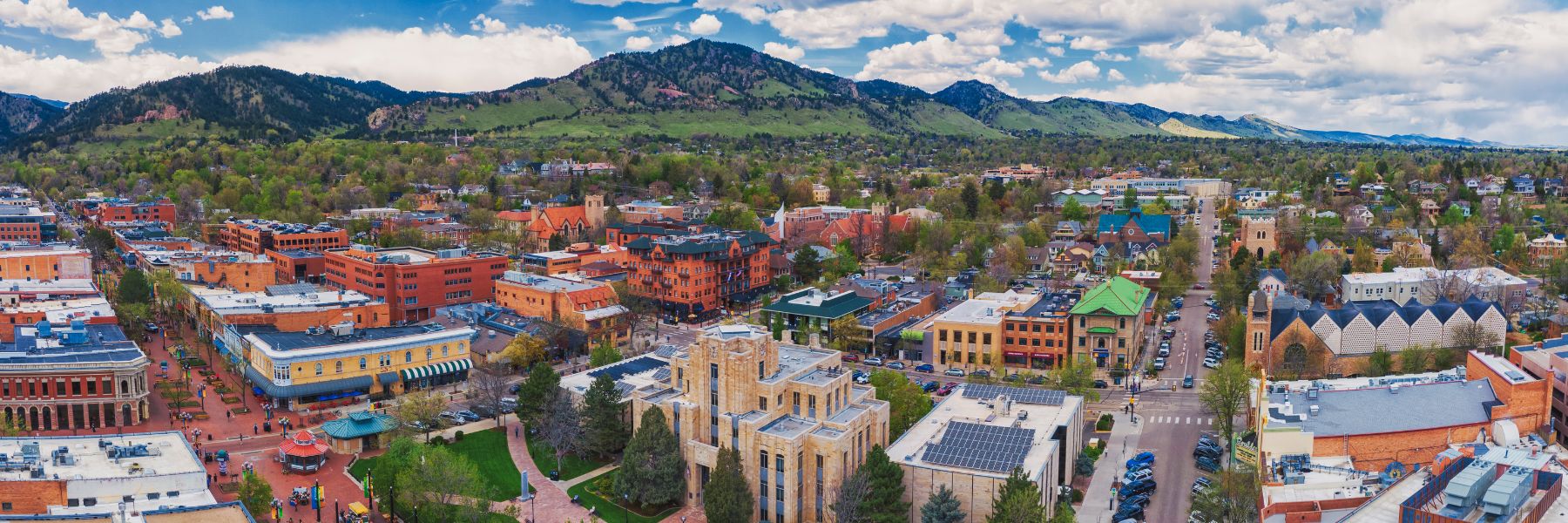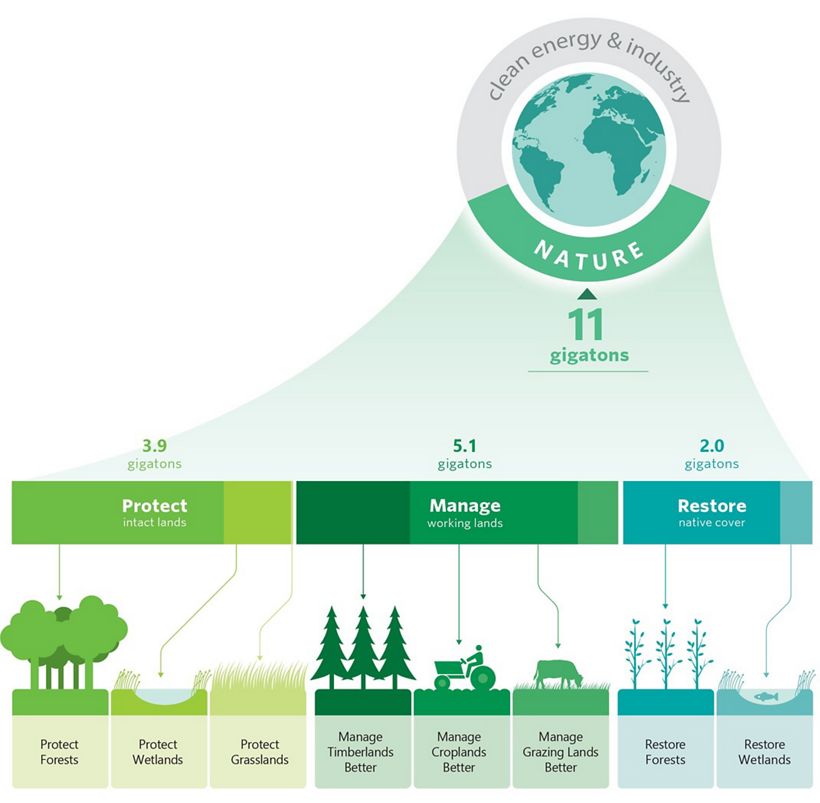Natural Climate Solutions: Linking Urban Forestry and Climate Action
A Companion Blog To The Internet of Nature Podcast Season 5, Episode 7
May 30, 2023 | Alec Sabatini

The phrase natural climate solutions (and its relative, nature-based solutions) has been sprouting up all over my digital landscape this year. These concepts have been building political and financial momentum lately and that has helpful ramifications for urban forestry.
In episode seven, Dr. Nadina Galle was joined by Brett KenCairn, the City of Boulder’s Senior Policy Advisor for Climate Action and Director of the Center for Regenerative Solutions. Nadina and Brett explored what climate change policy has gotten wrong so far and how the rapidly growing interest in natural climate solutions can bolster urban forestry initiatives.
The Rise of Natural Climate Solutions
Climate action planning used to be laser-focused on energy and emissions reduction but in the 2010s that scope started to expand. Research papers and IPCC reports made it clear emissions reduction would never be enough to limit global warming on its own. Carbon would need to be removed from the atmosphere too and the best way we know how to do that cost-effectively at scale is with natural systems.
This kickstarted greater support for the concept of natural climate solutions (NCS), which are actions to protect, better manage and restore nature to reduce greenhouse gas emissions and store carbon. Nature-based solutions (NbS), which is an umbrella concept for addressing challenges with natural systems, is also ascending in recognition and support. NbS now has an official definition from the UN, garners media attention, and got a big stamp of approval from the Biden administration last November. Momentum is building for NCS and as Brett explained, it’s a long overdue correction on the framing of climate action.
“Decades of our [climate] work were spent trying to do less of something you can’t even perceive… Greenhouse gasses, what a terrible way to focus people’s attention. You can’t see it. You can’t smell it. You can’t taste it. It has no direct connection to your daily experience.”
-Brett Kencairn
One of the priorities of this new era of climate action is to relate it with the direct experience of the people being engaged. Cooler communities are one such angle. An uncomfortably hot neighborhood is visceral, and so is the relief offered by greenspace. In Episode 5, guest Vivek Shandas shared several stories of how the urban heat lens altered the way residents look at their surroundings and inspired advocacy.

Urban Forestry and Natural Climate Solutions
Last year, the City of Boulder launched a natural climate solutions campaign called Cool Boulder. It’s a multidisciplinary approach that combines the efforts of multiple city departments, community organizations, and volunteers. Part of Brett’s work is helping other departments see themselves as climate actors. It’s not just about emission reductions anymore, and groups like the parks and open space departments have big roles to play.
The urban forest is one of the campaign’s three action areas. The city is making major investments to maintain the health of the existing tree canopy and plant thousands of additional trees, most of which will need to be located on private land. One of the city’s priorities is to plant trees that won’t be islands of nature, but instead include a supportive ecosystem around them.
Aligning urban forestry with city climate initiatives is a well established best practice, but we see extra encouragement in the rise of natural climate solutions. The NCS model has trees as a star of the climate action show, not just a supporting player. As NCS initiatives become more common they will be another funding lever for urban forestry professionals to pull on. For example, New Jersey just launched a $24 million NCS grant program this year, with establishing and maintaining trees as an eligible project.
Change is Coming
Brett sees real change on the horizon, particularly because climate change’s impacts are starting to be felt vividly. We are entering a time of both intense struggles and remarkable breakthroughs in climate action.
“We’ve been propagating this idea that we can make things sustainable,” said Brett. “That was mostly from developed nations that had offshored their worse impacts to developing nations. Now, it’s coming home to roost.”
Climate motivated change is coming. The challenge now is to create pathways towards constructive change, and have them ready to scale up quickly. Can we encourage the economy to better value the restoration of degraded land? Can we more frequently measure and vehemently protect greenspace in our built environments? Climate initiatives are going to dominate the governmental funding landscape for decades, and urban forestry is poised to be a major beneficiary.

Protecting, managing, and restoring nature could provide over a third of the climate mitigation needed to stabilize below 2 °C warming per a study from The Nature Conservancy.


0 Comments
Recommended Comments
There are no comments to display.
Create an account or sign in to comment
You need to be a member in order to leave a comment
Create an account
Sign up for a new account in our community. It's easy!
Register a new accountSign in
Already have an account? Sign in here.
Sign In Now